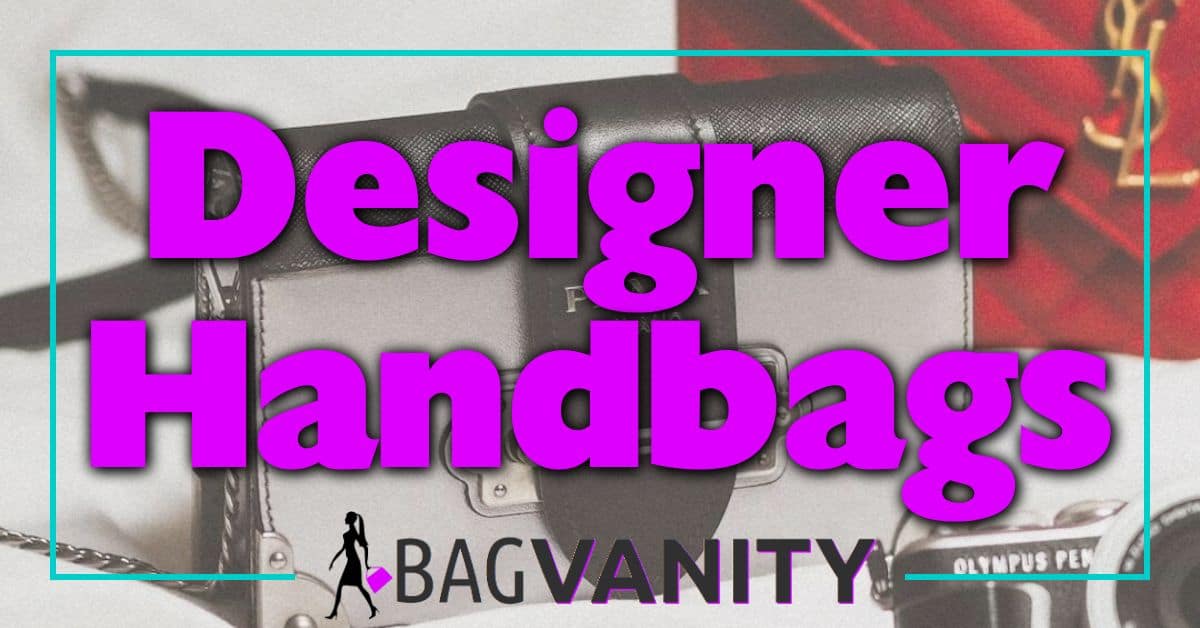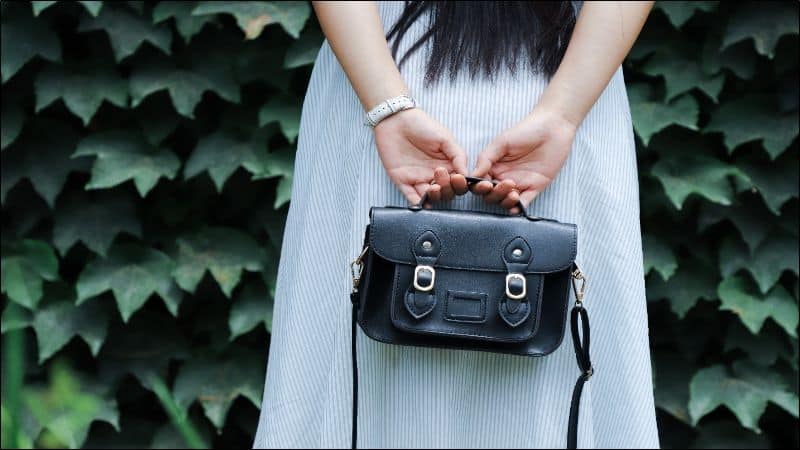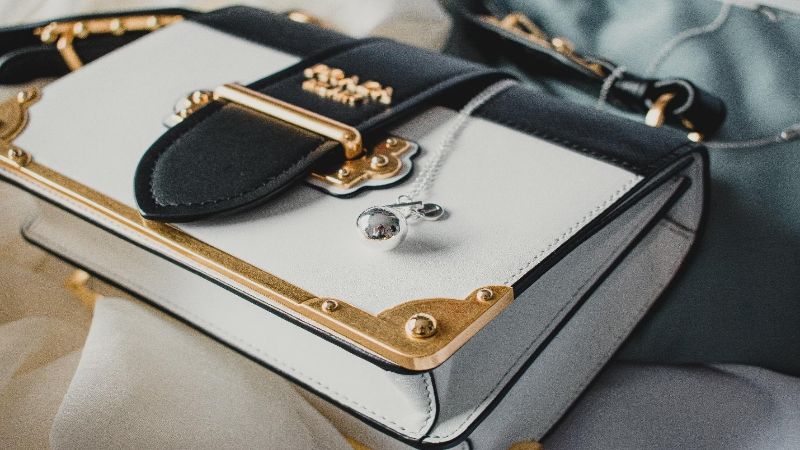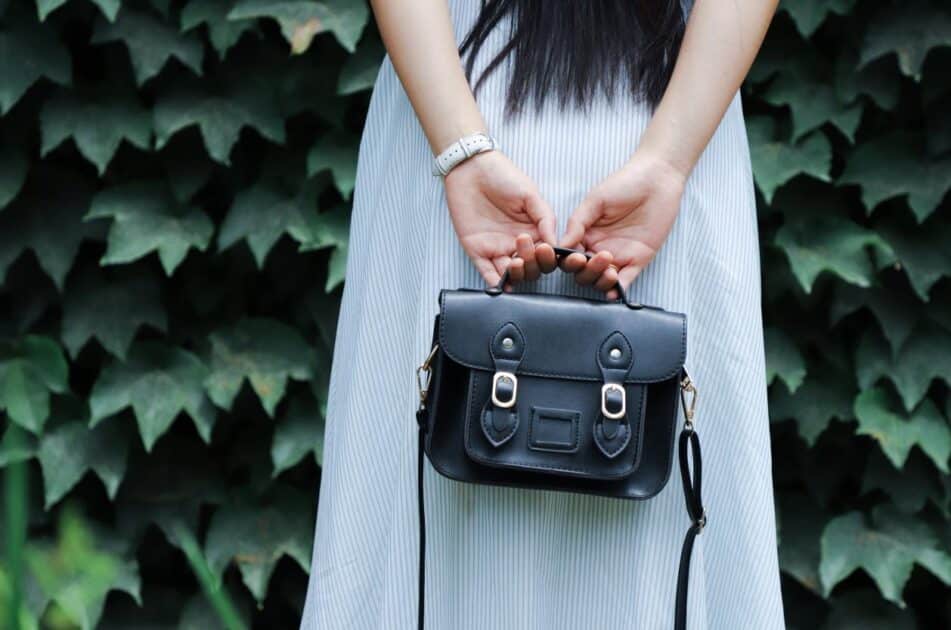When you’re on the hunt for the perfect handbag, the quality of leather can make all the difference. It’s not just about style; the right leather can turn a simple accessory into a lifetime companion. With an array of options out there, it’s crucial to know what sets the best leathers apart.

From the buttery softness of full-grain to the durable charm of top-grain, each type has its own allure. But how do you spot the cream of the crop? Let’s dive into the world of luxury leathers and discover what makes the best quality leather for your next handbag investment.
The Importance of Leather Quality in Handbags
When you’re hunting for the perfect handbag, leather quality is key. It’s not just about appearance; it’s about longevity and value. High-quality leather endures daily wear and tear while maintaining its elegance. Over time, it develops a rich patina, a testament to its enduring nature.
What makes top-tier leather stand out? Think durability and texture. Full-grain leather is the gold standard; it’s the most resilient and character-rich layer of the hide. With full-grain, you get strength plus a natural look that’s unmatched.
Top-grain leather, though not as thick as full-grain, strikes a balance between quality and affordability. It’s processed for uniformity, making it a go-to for handbags that require a more refined finish.
Here’s a quick breakdown to keep in mind:
- Full-Grain Leather: Most durable, develops patina, retains natural texture
- Top-Grain Leather: Processed for consistency, more cost-effective, still durable
A premium leather bag communicates status and taste, and with good reason. Leather type greatly influences the bag’s price, feel, and lifespan. In a market flooded with options, discerning quality is your secret weapon.
When shopping, don’t be fooled by “genuine leather” tags. It’s often lower-tier, lacking the endurance of higher-quality counterparts. Instead, opt for bags that specify full or top-grain leather — your assurance of getting what you pay for.
Stitching and craftsmanship also play a part, but without quality leather, even the best craftsmanship falls short.
Remember:
- Always touch and feel the leather; quality speaks to the senses.
- Inspect the grain; irregularities often indicate superior quality.
- Consider the bag’s use; different leathers suit different lifestyles.
Investing in a high-quality leather handbag is a statement. You’re opting for an accessory that’s both a fashion statement and a wise investment. It’s a piece that won’t just hang on your arm—it’ll tell a story of quality with every use.
Understanding Different Types of Leather
When looking for the best leather for handbags, knowing the types available can guide your choice. There are several leather types, but let’s zero in on the most common in handbag manufacturing.
Full-Grain Leather is the most sought-after quality. Why? It includes the outermost layer of the hide, which means it retains the natural grain with all its strength and character. Over time, full-grain develops a patina, enhancing its aesthetics and proving its durability.
Top-Grain Leather follows closely. It’s slightly altered, with the very top layer sanded off to remove imperfections. This means it’s smoother and more uniform. While it may not develop as striking a patina, it’s still durable and maintains a high-quality appearance, balancing aesthetics with practicality.
Split Leather comes from the lower layers of the hide once the top-grain is removed. It’s often used in combination with other materials. It’s less durable but offers a more affordable option.
Beware of Bonded Leather. It’s the Frankenstein of leathers, made from leftover scraps bonded together with polyurethane or latex on a fiber sheet. It’s cheap, but it’s also the least durable and quickly degrades.
Lastly, there’s Faux Leather, a synthetic option. It won’t fool a seasoned eye but could be considered for ethical or cost-saving reasons. Remember, though, it won’t give you the same quality or wear as genuine leather.
Let’s not forget the importance of tanning and finishing processes. These can affect the leather’s look, feel, and longevity. Handbags crafted with vegetable-tanned leather, for example, have unique characteristics and eco-friendlier credentials compared to those with chrome tanning.
Knowing the differences helps you make informed decisions. But remember, the best handbag for you balances your aesthetic preferences, practical needs, and budget. Keep an eye on the type of leather you’re investing in, and always favor quality that stands the test of time.
Full-Grain Leather: The Epitome of Luxury
« How to Remove Dents from Leather Handbag: Expert Tips to Restore Your Purse
Repair Handbag Kulit Woes: Fix Scuffs, Tears & Stitching Like a Pro »
When you’re on the hunt for the ultimate luxury handbag, full-grain leather stands out. It’s the cream of the crop in the leather world, with a reputation for not only durability but also an ability to age gracefully. Here’s what sets full-grain leather apart.
Firstly, full-grain leather comes from the top layer of the hide. This includes all the natural grain, which contains the strongest and most durable fibers of the hide. Unlike other leathers, it isn’t sanded or buffed to remove imperfections, which means it retains the hide’s original texture and markings – distinctive signs of quality.
The patina that develops over time with full-grain leather adds character to your handbag; it’s like a fine wine, getting better with age. This patina is a testament to the leather’s authenticity and journey with you. As a handbag enthusiast, you’ll appreciate the smooth feel, unique appearance, and the story your bag tells through its evolving aesthetic.
Craftsmanship plays a pivotal role in bringing out the best in full-grain leather. Premium brands invest in skilled artisans who understand the intricacies of working with such high-quality material. They ensure that every stitch and fold complements the natural beauty of the leather, enhancing both its feel and function.
Care for full-grain leather handbags requires regular conditioning to maintain moisture and prevent drying out. While it’s resilient, safeguarding it from excessive moisture and direct sunlight will help preserve its integrity long-term. This not only keeps your handbag looking spectacular but also maintains its market value, should you ever decide to pass it on.
Opting for full-grain leather means choosing a piece that reflects not just a fashion statement but an investment in enduring elegance. Its long-lasting attributes make it a top choice for anyone serious about their handbag game.
Top-Grain Leather: A Balance of Durability and Comfort
When you’re torn between the utmost in durability and the need for a softer, more pliable leather, top-grain is your go-to. The top layer of the hide is sanded down, removing imperfections. This results in a more uniform appearance and texture. What you get is a perfect marriage of resilience and coziness.
Top-grain leather still stands up well to daily use. It’s more flexible than full-grain which makes it a joy to handle. That’s crucial when you’re picking a bag that you’ll carry around all day. Plus, it’s lighter, so it won’t weigh you down.
Cost-wise, you’ll find top-grain leather more approachable than full-grain. Your wallet won’t feel the pinch quite as much. Yet, you don’t compromise too much on quality. Handbags made from top-grain leather balance cost and quality admirably, making them a smart choice for savvy fashionistas.
The trade-offs? Well, top-grain leather won’t develop the same rich patina over time as full-grain does. And while it’s durable, it may require more care to maintain its appearance. You’ll want to keep it away from excessive moisture and treat it with a conditioner occasionally.
If you’re eyeing something that looks luxurious without being overly stiff or heavy, top-grain leather handbags might just be your sweet spot. They’ll serve you well in day-to-day life, elevating your look without the extra maintenance that other high-end materials demand.
Other Types of Leather to Consider
When on the hunt for the perfect leather handbag, you might want to explore beyond the realm of top-grain. Genuine leather typically falls below top-grain in terms of quality. Don’t be misled by the name—it’s actually made from the bottom layers of the hide and is more affordable. Its surfaces are often finished with coats of dye or paint, which mask blemishes but can also feel less luxurious and degrade faster over time.
Suede is another option with its velvety, napped finish that exudes a unique charm and softness. Suede bags can be true statement pieces due to their distinct texture. However, they’re notoriously difficult to maintain, and damage from water or stains can be quite the headache.
Let’s not overlook patent leather, recognized for its glossy, shiny surface. Its eye-catching sheen can make any outfit pop. Patent leather is durable and easy to clean, but can sometimes feel stiffer and less breathable. Perfect for those who prefer a bag that stands out while offering practical benefits.
If you have an eye for exotic materials, consider exotic leathers from animals like crocodiles, ostriches, or snakes. They make for exceptionally unique and luxury handbags, but with a heftier price tag. Not only do they offer an extraordinary look, but they also provide impressive durability. Keep in mind the ethical and conservation considerations when choosing these types of leather.
Vegetable-tanned leather should be on your radar too. Treated with natural plant materials, it’s an eco-friendlier pick. It ages beautifully and develops a patina much like full-grain leather. However, it’s more susceptible to water damage and requires more care to keep its robustness and color.
Don’t forget about bonded leather. It’s the Frankenstein of leather materials, made from leftover scraps bonded together with polyurethane or latex. It’s the most cost-effective but doesn’t offer the strength or longevity of higher-grade leathers.
Balance your needs and ethics with your budget and style. Remember, the best leather for you doesn’t just fit your look—it aligns with your lifestyle and values.
How to Identify High-Quality Leather
When you’re on the hunt for a premium handbag, knowing how to spot high-quality leather is key. Full-grain leather is the gold standard in the industry. It’s the most durable and shows the natural imperfections of the hide, which aficionados appreciate.
First, do the touch test. High-quality leather feels supple, not stiff. It should conform slightly to pressure and not feel like plastic. If it’s too smooth or too perfect, it might be over-processed or of lower quality.
Next, check out the grain. Look for inconsistencies in the texture. These are natural and highly sought after. Uniformity often suggests synthetic processing.
Smell the leather. Genuine, high-quality leather has a distinctive, rich scent. If it smells like chemicals or plastic, it’s probably not the real deal.
Edges are telling. In top-tier leather, the edges are usually left unfinished and can give you insight into the leather’s authenticity. They should feel soft or waxy, not hard or brittle.
Examine the stitching. Uneven or loose stitching can indicate poor construction. Fine, straight, and tight stitches usually accompany high-end leather goods.
Let’s talk about color. Natural hues are a sign of quality. Overly bright or uniform colors may indicate heavy dyeing or synthetic materials.
Consider the weight. Quality leather isn’t flimsy. It has a bit of heft to it, offering a sense of substance and durability.
Finally, examine the branding and price. Reputable brands are known for their leather quality and craftsmanship. They typically come with a higher price tag. While not always a surefire indicator, it’s a piece of the puzzle worth considering.
Conclusion
So there you have it! You’re now equipped with the know-how to spot a high-quality leather handbag that’ll stand the test of time. Remember, it’s all in the details—from the suppleness of the leather to the tightness of the stitching. Trust your senses and don’t be swayed by flashy branding alone. Your perfect handbag is out there, and it’s waiting to be discovered by someone with your discerning taste. Happy hunting!
Frequently Asked Questions
How can you tell if a leather handbag is high quality?
A high-quality leather handbag should feel supple, have an uneven grain with minor imperfections, emit a distinct leather scent, feature soft edges, include fine and tight stitching, sport natural hues, feel adequately heavy for its size, and bear branding that’s synonymous with craftsmanship.
What is the touch test for leather?
The touch test involves feeling the leather with your hands to ensure it’s supple and not overly stiff or plasticky, which suggests a high-quality material.
Why is inconsistent grain important in high-quality leather?
Inconsistent grain indicates genuine leather which naturally has slight imperfections and variations, unlike synthetic materials that often have a uniform pattern.
How does the scent of leather indicate its quality?
Genuine high-quality leather will have a distinctive, rich scent that cannot be replicated by synthetic leather products.
What should you look for in the stitching of a leather handbag?
Look for fine, tight, and even stitching as it signifies attention to detail and durability which are characteristics of a high-quality leather handbag.
Are natural hues indicative of leather quality?
Yes, natural hues suggest that the leather hasn’t been excessively treated with dyes and may indicate a higher quality of material that showcases the leather’s genuine character.
How does weight reflect the quality of a leather handbag?
A handbag that has a substantial feel without being overly heavy suggests the use of quality leather and robust construction.
Can branding and price be indicators of a handbag’s leather quality?
Yes, premium brands often reflect high craftsmanship standards and the price can be an indicator, though not exclusively, of the quality of the leather and the overall handbag.










